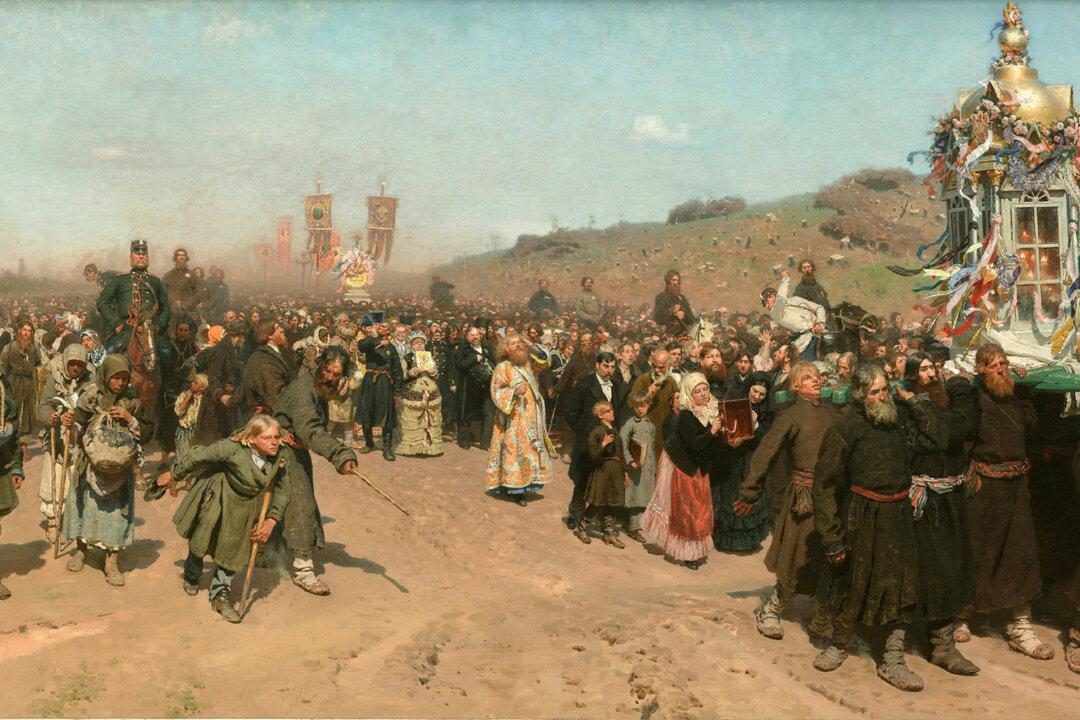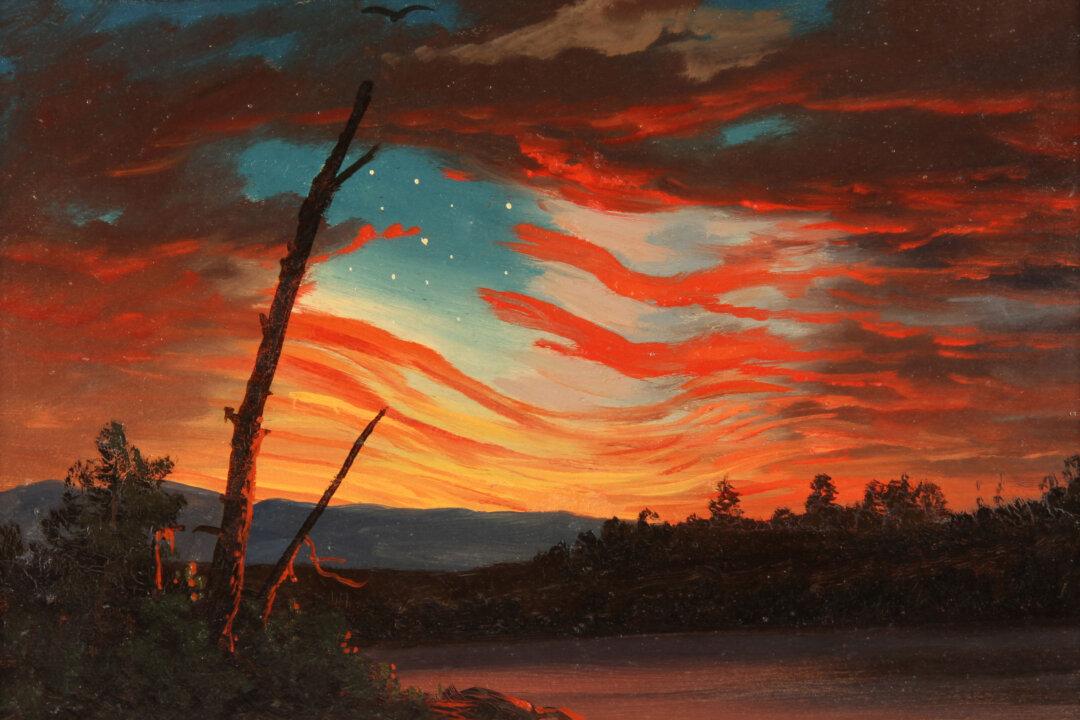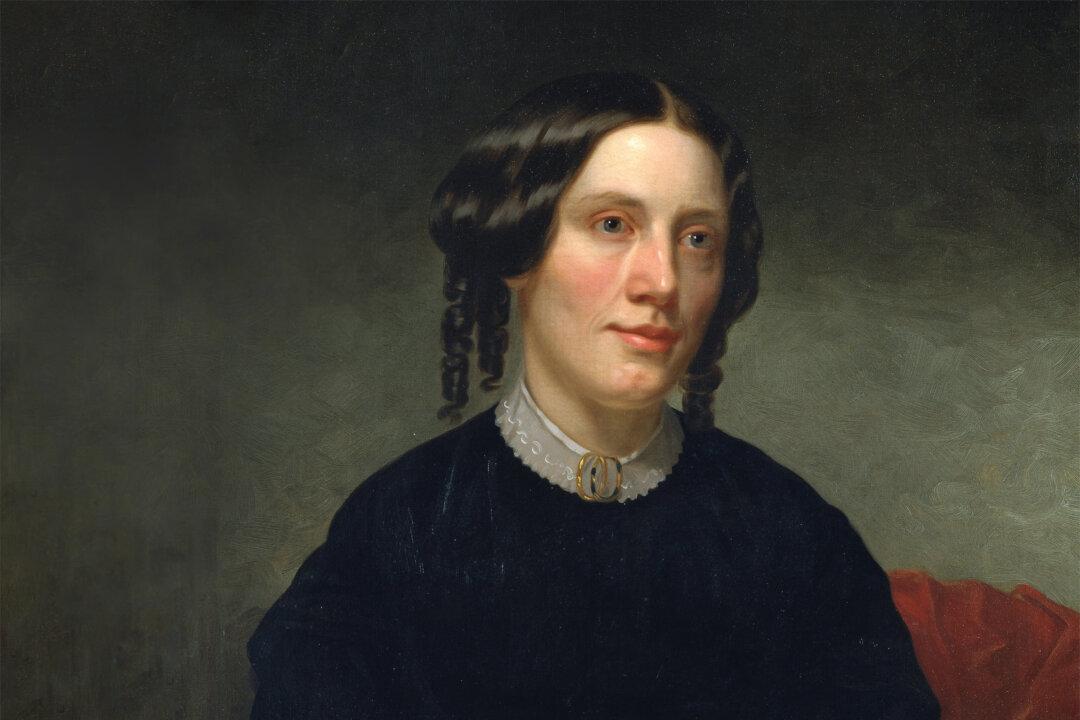“‘What am I asking?’ he said to himself. ‘I’m asking about the relation to the Deity of all the various faiths of mankind. I’m asking about the general manifestation of God to the whole world with these nebulae. What am I doing? To me personally, to my heart, unquestionable knowledge is revealed, inconceivable to reason, and I stubbornly want to express this knowledge by means of words and reason.’”
So says Levin to himself at the end of Leo Tolstoy’s “Anna Karenina,” the work that followed “War and Peace,” both of which are regarded by many critics and readers as two of the greatest novels in the history of literature.






